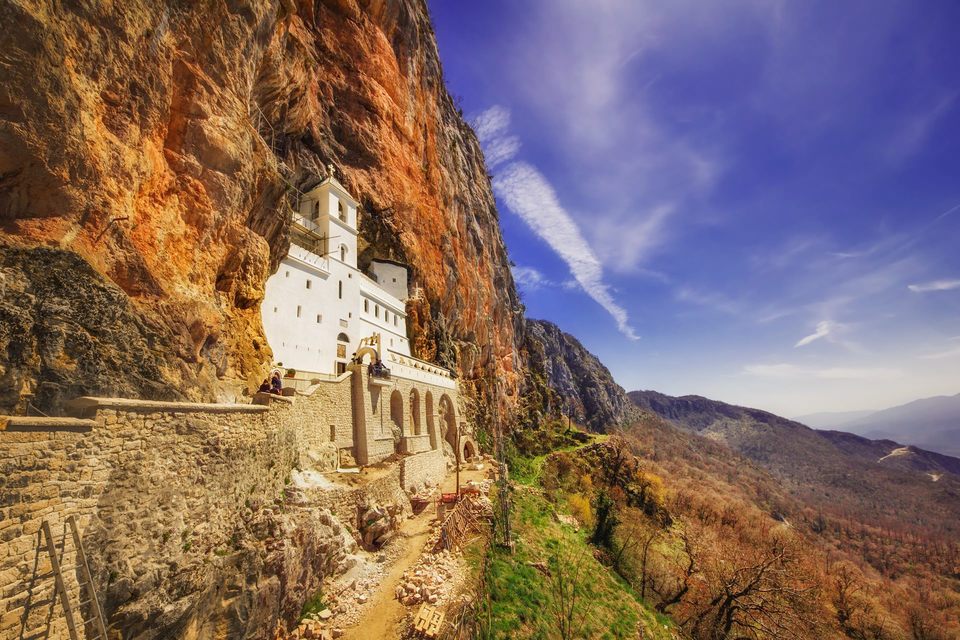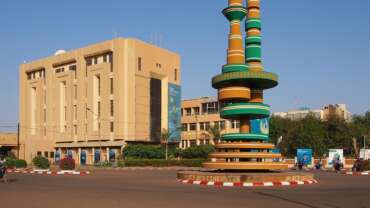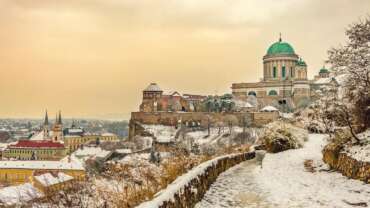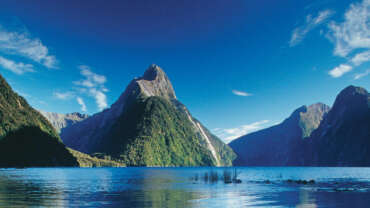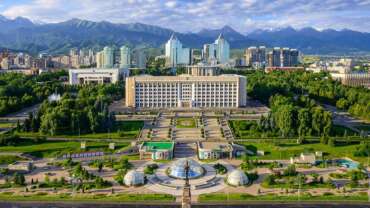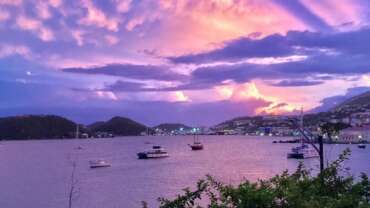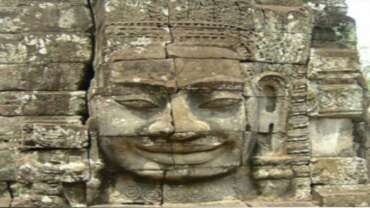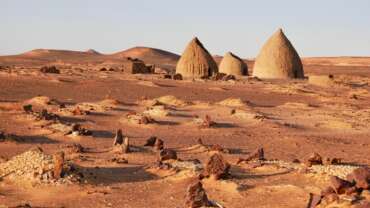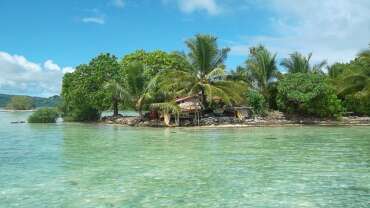Montenegro - Breathtaking Beauty
Montenegro is a Balkan country with rugged mountains, medieval villages and a narrow strip of beaches along its Adriatic coastline. The Bay of Kotor, resembling a fjord, is dotted with coastal churches and fortified towns such as Kotor and Herceg Novi. Durmitor National Park, home to bears and wolves, encompasses limestone peaks, glacial lakes and 1,300m-deep Tara River Canyon.
When was the last time you did something for the first time? Have you ever drunk water directly from the river? Or had an adrenaline rush from zip-lining over the deepest canyon in Europe?
Have you ever kite-surfed at the upstream running river? Visited the resting place of a miracle-making saint? Montenegro is offering something different and unique. Visit Montenegro, a country of tall people, dramatic nature contrasts and colorful rains. Montenegro is like a box of chocolates – every candy of a unique, rich and delicate taste that is long remembered.
Montenegro stands on the edge between the east and the west. Different civilizations crashing and colliding have left the most beautiful marks between the wrinkled mountainous face of this fascinating country. Roman floor mosaics, Illyrian gray castles, Venetian stony walls, vibrantly painted Orthodox monasteries, ornamental Catholic churches, modest and minimalistic mosque minarets and plane socialist style buildings will tell you about Montenegrin rich cultural history. Myriad powers fought over these lands and that is why the locals are tall and strong, their eyes are of different shades of all colors, and their welcoming hug is warm and brotherly. Those looking for a multicultural European history are more than welcome to Montenegro.
History of Montenegro
Just as the nature, the history of Montenegro is very colourful. The turbulent life of Montenegro was spiced up by many people, but its permanent strive for freedom remained dominant throughout its history. Every part of Montenegro will tell the curious traveller many interesting stories from the various periods in time – from the grand Roman Empire to the modern times. Although its territory is rather small, this proud country has a lot to say when it comes to its history.
The name “Crna Gora” (Montenegro) is mentioned for the first time in the Charter of King Milutin, in 1276. It is believed that it got its name after the dense forests that covered Mount Lovcen and the surrounding area. The forests were so dark that the viewers got the impression of a “black” mountain.
During the Roman Empire, the territory of Montenegro was actually the territory of Duklja (Doclea). With the arrival of the Slovenes in the 7th century, Christianity quickly gained primacy in this region.
Duklja incorporated the area of Skadar Lake with the nearby mountains. The first Prince of Duklja was Vladimir. Duklja got its independence in 1040, and was proclaimed Kingdom in 1077. Thus, it became one of the first independent states in the Balkans. It was named Zeta, which in the old Slavic languages meant the harvesters.
Because of the common unrests and political upheavals, after the death of the rulers from the Vladimir and Vojisavljevic families, the Byzantium gained dominance over Zeta. The great ruler Nemanja, who took the leading position in this region in 1185, did not change the status of Zeta as an independent state, which it had in the past. In the 14th century, under the leadership of the Balsic and Crnojevic dynasties, it became an independent feudal state and slowly expanded, fighting tirelessly the armies such as the Albanian, and later on, the Turkish and the Venetian one.
During the period of the Crnojevic’s rule, due to the strong attacks of the Turkish army, the people, together with the Crnojevic family, had to retreat towards the Lovcen Mountain. Ivan Crnojevic chose Cetinje as his base and constructed a castle and a monastery there. Cetinje thus became the synonym of spiritual freedom and freedom of the state. Djuradj Crnojevic, the son of Ivan Crnojevic, ruled for a short period of time, but left invaluable wealth. During his rule, in 1493, the first printing shop in the Balkans was opened, and one year later, in 1494, the first book was printed – “Oktoih” (Octoechos).
The Turks took the rule over Montenegro in 1496 and join it to the Skadar province. Irrespective of that fact, Montenegro kept a high level of autonomy, and fully regained its independence in 1645.
Then the spiritual leaders, bishops take the rule in Montenegro and also take over the management of the country. At the time, the authorities in Montenegro were the All-Montenegrin Assembly and the Assembly of chiefs, while on the lower levels there were meetings of the chiefs. In 1697, the Montenegrin Assembly elevted Danilo I as the bishop. At that time the establishment of the Petrovic dynasty has started, as well as their fight for the unity of religion and politics.
Petar I Petrovic ( 1784 – 1830 ) is one of the most renowned persons in the Montenegrin history. Lead by him, Montenegro strengthened its independence, and after the great victories over the more numerous Turkish army, it freed itself from the Turkish influence and domination.
He unified the Montenegrin clans and brought them closer to the coastal population, as the coast was under the influence of Austro-Hungary at the time. The successor of Petar I Petrovic was Petar II Petrovic Njegos. He was an extraordinary statesman, philosopher and writer. During his rule, this superb ruler established the state institutions, administrative and state authorities. He maintained links with Russia and engaged often in the fights against the Turks. He wrote many literary works, such as “Gorski vijenac” (“The Mountain Wreath”) and “Luca mikrokozma” (“The light of microcosm), which made him one of the greatest writers of the world. During the rule of his successor, Danilo, the sovereignty of Montenegro was strengthened further and formally recognized. The important victory against the Turks in the Grahovac battle in 1858 contributed to that.
Montenegrin people, although significantly weaker in numbers, won in a significant number of battles against the Turks. During his rule the Prince and King Nikola enabled Montenegro to achieve significant political objectives. Lead by him, Montenegro recovered Bar and Ulcinj, and thus got a part of the Adriatic coast, and it also recovered Podgorica, Kolasin and Niksic. At the Berlin Congress, Montenegro received full international recognition. The fact that Montenegro was the only country in the Balkans that successfully fought against the Otoman Empire impressed Europe, and Montenegro became a kingdom in 1910.
The 20th century represented a difficult period for Montenegro, as it lost its independence at the time and it disappeared from the political map of Europe. When the World War I broke out, Montenegro sided with Serbia and the allies. In 1916, after surrendering to Austro-Hungary, King Nikola went to exile. He spent a period of time in Italy, and then went to France. The attempts of the King and his Government to influence the events in Montenegro at the time were not successful. Serbia annexed Montenegro in 1918 and thus Montenegro lost everything that it gained through the centuries: its statehood, army and dynasty.
With the fall of the Kingdom of Yugoslavia before the fascist Germany in World War II, Montenegro proved again that the spirit of freedom cherished by its people did not disappear. On July 13, 1941, a large number of Montenegrins stood up against the Italian occupiers.
After World War II Montenegro improved its legal and state status and became one of the six equal republics of the Yugoslav federation..
After the turbulent years, in the end of the 20th century, and after the disintegration of former Yugoslavia, Montenegro remained in the union with Serbia, thus these two republics formed the State Union of Serbia and Montenegro.
Most citizens at referendum held on May 21, 2006 voted independence of Montenegro. Thus today Montenegro is an independent state internationally recognized. UN received Montenegro as 192nd country member on July 27, 2006.
Every Montenegrin will be proud to speak to you for hours about his history and his ancestors.
People of Montenegro
Ethnic groups
Differences between Montenegrins and Serbs are a matter of continuing controversy. Although isolated from each other for centuries during the Ottoman period, when Albanian families came to dominate the intervening Kosovo region, both groups retained their Orthodox religious traditions and many other common cultural attributes—including the Cyrillic alphabet. Because of such obvious commonalities, most Serbs see Montenegrins as “Mountain Serbs,” and many—but certainly not all—Montenegrins see themselves as Serb in origin.
Fluctuations between a Serb and a Montenegrin identity have been reflected in census figures. In 1981, for example, more than two-thirds of the residents of Montenegro identified themselves as Montenegrin, while only a tiny percentage reported themselves as Serb. By the early 1990s those proportions had changed to about three-fifths and one-tenth, respectively. In the early 21st century almost half of the population was identified as Montenegrin and about one-fourth as Serb. The largest non-Serb minorities are Bosniaks (Muslims) and Albanians, the former concentrated in the northern mountains and the latter along the Adriatic coast. Nearly three-fourths of the population of the coastal community of Ulcinj is Albanian.
Languages and Religion
During the long period of separation from Serbia, Montenegrins developed characteristics and institutions of their own. For example, they did not adhere to the Serbian Orthodox Church but were led by their own metropolitan until the Montenegrin church was absorbed into the Serbian patriarchate in 1920. In addition, Montenegrin pronunciation is closer to Croatian than to Serbian. A strong nationalist movement grew alongside Montenegrin resentment of Serbian attempts to minimize their distinctiveness. Many (but by no means all) Montenegrins joined Bosnians, Croats, and Serbs in insisting that what is spoken in each of their respective countries is a language distinct from neighbouring languages, despite mutual intelligibility. Thus, they prefer that their language be called Montenegrin. Montenegrin, Serbian, Bosnian, Albanian, and Croatian are all recognized by the constitution as official languages.
Art & Culture of Montenegro
The relationship of the Montenegrins towards the culture and art is best described by the famous painting by Jaroslav Cermak “Moving the paintings from the Cetinje court”, in which the Montenegrins save the paintings, while retreating before the Turkish army. Numerous galleries, theatres, festivals and other cultural events show that the Montenegrin people pay a lot of attention to the culture.
The diversity of the periods that came one after the other in this region have left their traces behind in many localities in Montenegro. From the Paleolithic, through the Bronze age, all the way to the Renaissance and Baroque, Montenegro has been enriched with the cultural heritage. The high concentration of the artistic and cultural wealth was recognized in the Kotor Bay, so the town of Kotor was included in the UNESCO list of cultural heritage.
The monasteries that are dispersed throughout Montenegro, from the Byzantine period until the modern times, reveal the spiritual wealth. Each one of them has its own unique way to enchant the visitors. One of them is the Ostrog Monastery which attracts people from around the world with its exceptional spiritual power and the unique ambiance. Carved into the high rocks, it is very important as a spiritual and historic center of Montenegro.
The printed word in Montenegro goes way back in history. Thirty-eight years after the Gutenberg’s Bible, in 1493, the first printing shop in the Balkans started its operations. One year later the first book was printed – Oktoih (Octoechos). All this was a precondition for the future development of literature in Montenegro. Through Andrija Zmajevic, the baroque poet and theologist, Petar I, and Petar II Petrovic Njegos, one of the best known Montenegrin philosophers and statesmen, as well as Marko Miljanov and Stefan Mitrov Ljubisa, Montenegrin literature became famous internationally.
The painters gave a great contribution to the success of the Montenegrin culture in the world. Leaving to the other parts of the world, they took the Montenegrin soul with them and transmitted it to the others through their artworks and thus enchanted the world.
Milo Milunovic, Petar Lubarda and Dado Djuric are just a few in the group of artists who presented Montenegro internationally in the best possible way.
Montenegro Nature
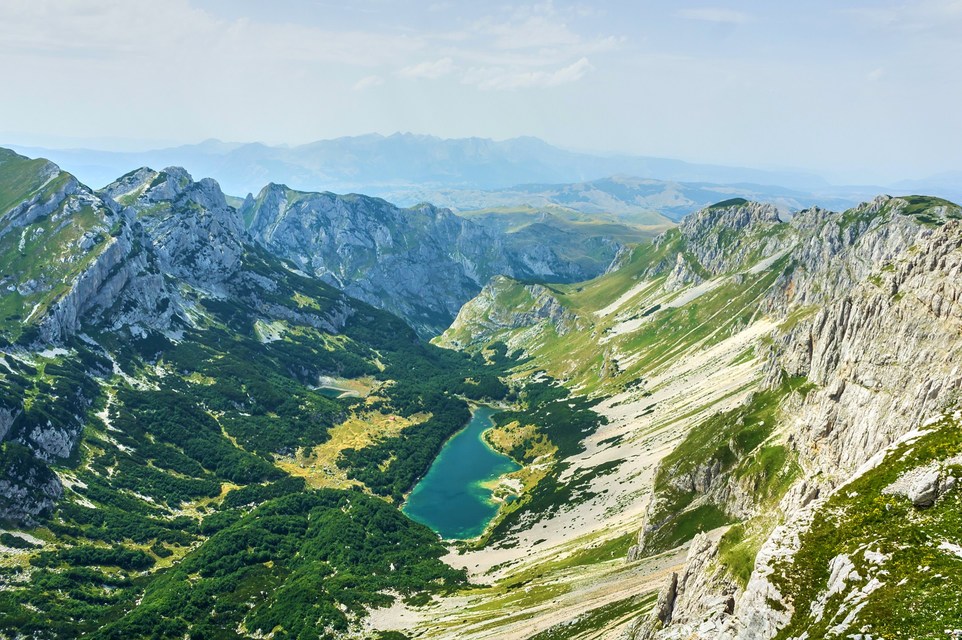
In the very south of the big blueness of the Adriatic Sea, in the heart of the Balkan mountains, there exists Montenegro.
This beauty of a wild nature is rich in superlatives that everyone would wish for. Located in a small area you will find a sea with beautiful beaches, rivers with unique canyons, clear lakes and giant mountains. Such a beauty takes the breath away and from the first sight every traveller remains eternally in love with Montenegro.
Restless nature seems to have been losing its pearls passing through Montenegro.
One of them is Durmitor, a magnificent mountain that hides numerous glacier lakes. Another is Lovcen mountain – protector of tradition and pride of Montenegro, which combines the restless spirit of the sea with the wise continental region, thus maintaining the centuries long equilibrium. The silence of Lake Skadar, the biggest lake in the Balkans is disturbed only by the gentle flight of the birds, as there is an abundance of them there.
In the very south of Montenegro, eternally in love with each other, the Bojana river and the Adriatic Sea have created one of the most beautiful beaches on the Montenegrin coast – the Long Beach. It is 13 kilometres long and characterised by very fine and healing sand. Included in the list of the 20 most beautiful bays in the world, the Kotor Bay is situated between the high rocks that are reflected in its dark blue waters.
Biogradska Gora hosts a wild forest and the magnificent canyon of the Tara river, just another element of the numerous miracles of nature, which was truly generous when Montenegro was created. Contrasting and stunning, Montenegro brings the sea to the giant mountains and wakes the sleepy lakes up with the fast and untamed waters of its rivers.



